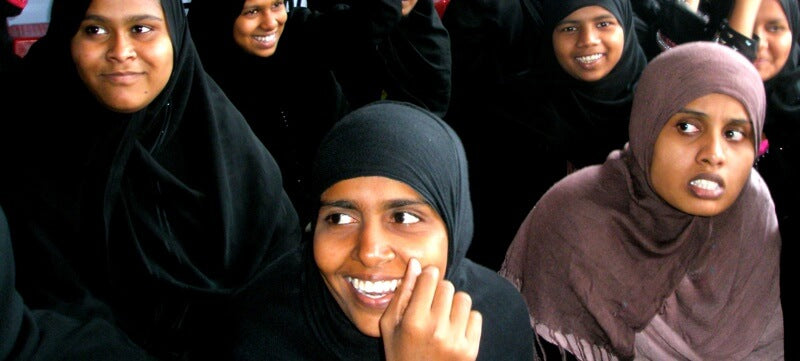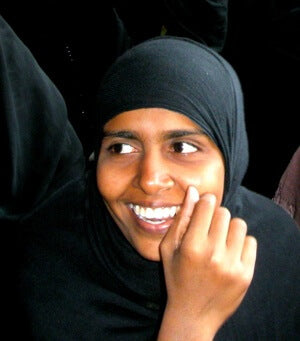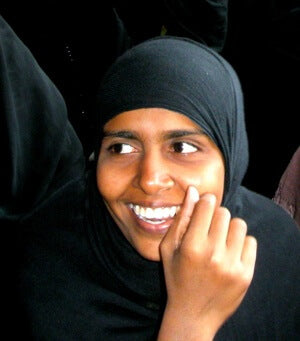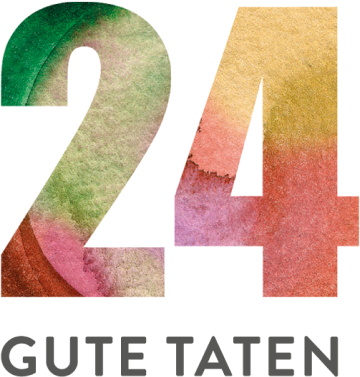Day 12
Handicraft material for the training of a young woman in India
 “We want to continue going to school!”
“We want to continue going to school!”


Education program for young women in India

need
Education for Muslim girls in India
activity
Girls are taught at the SFTTC center and receive a school diploma and training as basket weavers, seamstresses or henna painters
Measurable performance
Number of young women who have learned to read, write and arithmetic and who have also completed vocational training
Result
Number of young women who can earn their own income
Systemically relevant impact
School graduates and mothers form a network so that other girls, such as sisters, neighbors and cousins, benefit from the positive experiences of the training. The number of school dropouts is decreasing. The number of girls marrying young is decreasing.
background


The good deed
AboutIndia
New Delhi
Capital city
1260260000
Population
$1,498.87
Gross domestic product
per capita per year
136
Human Development Index
(Human Development Index)

